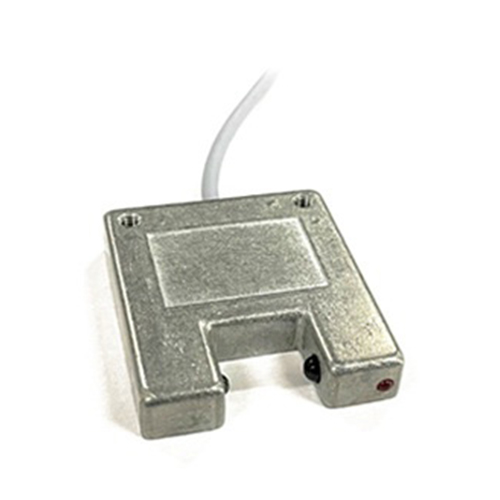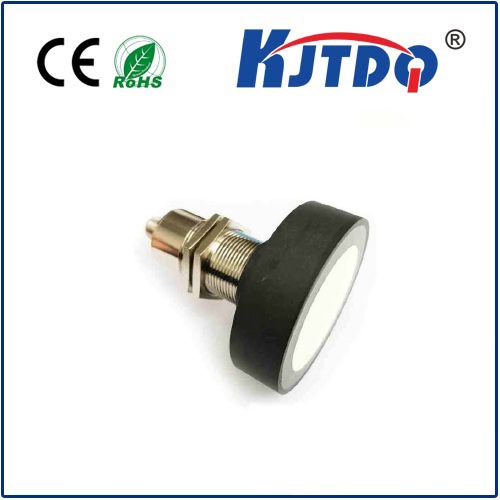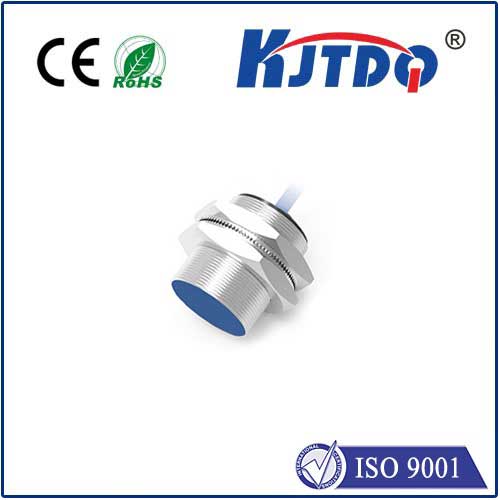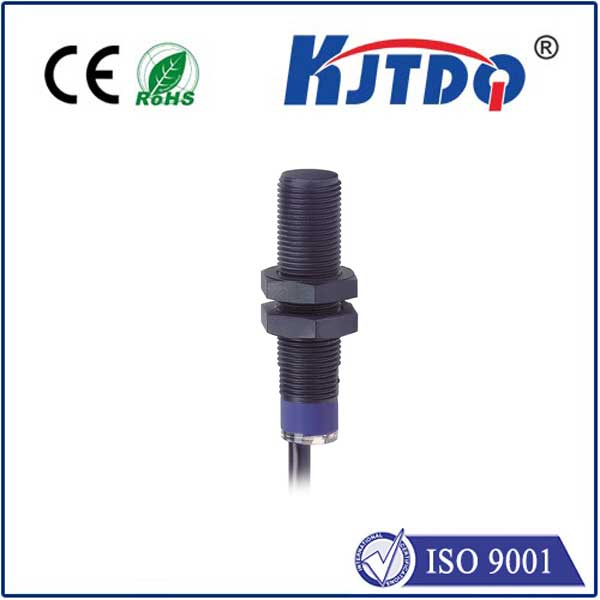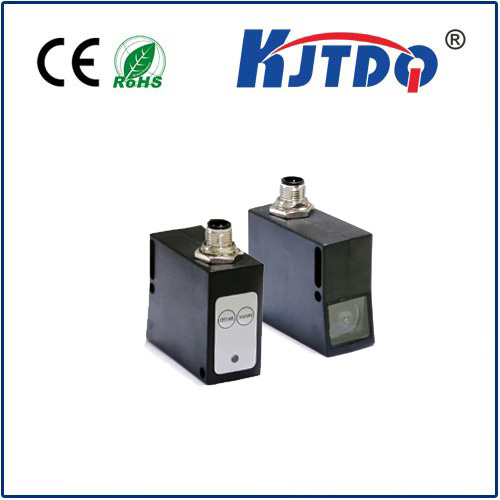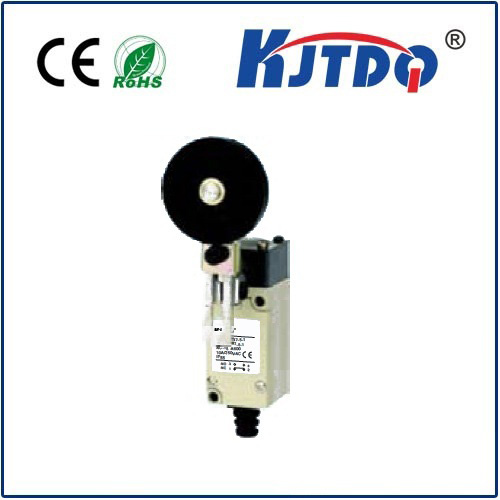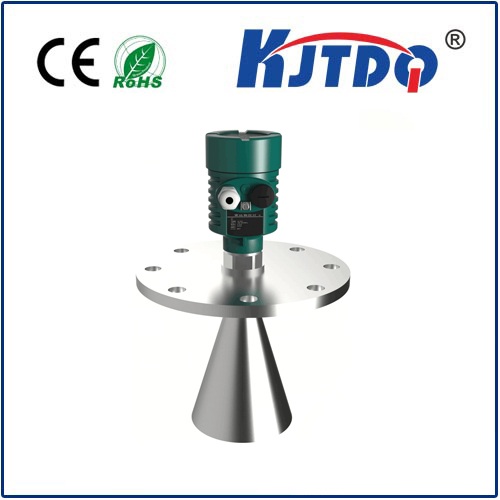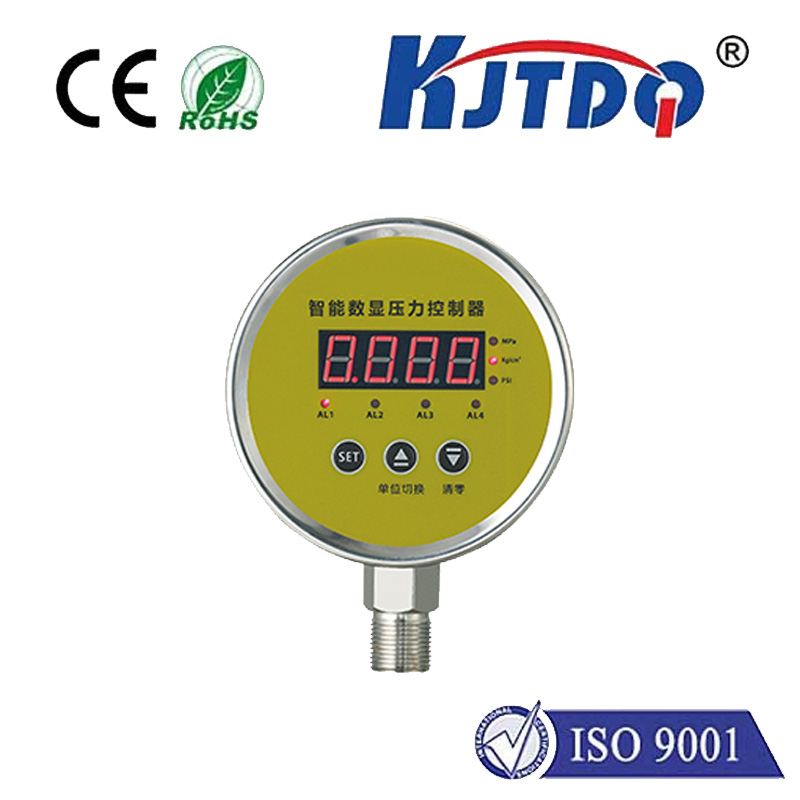электромагнитный ограничитель положения
- time:2025-08-07 00:00:08
- Нажмите:0
The Solenoid Limit Switch: Precision Motion Control with Built-In Position Verification
In the intricate choreography of automated systems, precise movement and reliable confirmation of position are paramount. Enter the электромагнитный ограничитель положения – a powerful fusion of electromechanical actuation and critical position sensing. Far more than just a simple switch, this component plays a vital role in ensuring machinery operates safely, accurately, and within its intended physical boundaries. This article delves into the workings, advantages, and essential applications of the solenoid-driven limit switch, shedding light on its indispensable role in modern automation.
A Dual-Action Powerhouse: Solenoid Meets Limit Switch
At its core, the электромагнитный ограничитель положения integrates two fundamental functions:
- Actuation: An electromechanical solenoid provides the force. When energized with an electrical current, the solenoid’s core (plunger) moves linearly, typically extending or retracting. This controlled linear motion is the primary output.
- Position Sensing: Integrated directly into the solenoid assembly or actuated by its plunger movement is an electrical ограничительный переключатель. This switch, commonly a microswitch with SPDT or SPNO/SPNC contacts, changes its electrical state precisely when the solenoid plunger reaches a defined position – usually its fully extended or fully retracted stroke.
Think of it as a device that not only pushes or pulls something but also definitively tells the control system when that push or pull action has been successfully completed or reached its endpoint. This built-in feedback loop is its defining characteristic and primary advantage.
Why Choose a Solenoid Limit Switch? Key Advantages Unveiled

Integrating the sensing function directly with the actuator offers significant benefits over separate solenoids and limit switches:
- Simplified Design and Installation: Combining two functions into one compact unit reduces mechanical complexity. This means fewer components to mount, align, and wire, speeding up assembly and reducing potential points of failure. Engineers appreciate streamlined BOM (Bill of Materials) management.
- Enhanced Precision and Reliability: The position sensing is mechanically linked directly to the plunger’s movement. This eliminates errors that can occur from misalignment or mechanical backlash when separate sensors try to track a separate actuator. The position verification is inherently tied to the actuator’s actual position.
- Space Optimization: In densely packed machinery or compact devices, saving space is crucial. A электромагнитный ограничитель положения offers a very space-efficient solution for applications requiring both movement and position confirmation.
- Improved Repeatability: Because the switch triggers at a specific point within the solenoid’s stroke (defined by its internal mechanical design), the actuation and confirmation point are highly repeatable from cycle to cycle. This consistency is vital for precision processes.
- Robustness and Durability: Encased within a single housing, the critical linkage between plunger movement and switch actuation is protected from dust, debris, and accidental impact better than externally mounted sensors might be. Many units offer high IP ratings for environmental protection.
- Instant Feedback: The switch provides immediate electrical feedback to the controller upon reaching its designated position. This enables rapid control decisions, contributing to faster cycle times and preventing overtravel or sequencing errors.
Where Solenoid Limit Swines Shine: Core Applications
The unique capabilities of these devices make them ideal for numerous automation scenarios demanding reliable switching and confirmed position:
- Door and Gate Interlocking: Verifying that a safety gate is physically locked (plunger fully extended and switch actuated) before starting hazardous machinery.
- Valve Position Confirmation: In pneumatic or hydraulic circuits, confirming a pilot-operated valve has definitively shifted to the desired position (open/closed) via the solenoid plunger’s stroke. This is critical for process control and safety.
- Mechanical E-Stops and Safeguarding: Applying a physical lock via the plunger and instantly confirming engagement upon activation of an emergency stop.
- Перевозка материалов: Positioning stops, gates, or guides on conveyors and feeders, ensuring components are correctly located before the next process step.
- Access Control: Physically blocking access and confirming the lock state electronically in security doors or panels.
- Precision Jigging and Fixturing: Locking workpieces into place with high accuracy and providing a signal that the fixture is secure and ready for machining.
- Machine Tool Safety: Confirming tool changers are locked, guards are closed, or chucks are clamped securely.
Industry Adoption: From Factories to Pharma
Reliable position sensing combined with actuation is needed everywhere:
- Промышленная автоматизация: Robotics, assembly lines, packaging machinery (palletizers, fillers, cappers), metal forming, injection molding.
- Перевозка материалов: Conveyor systems, automated storage and retrieval systems (AS/RS), sortation equipment.
- Process Control: Chemical processing, food & beverage production, water treatment plants.
- Medical and Laboratory Equipment: Diagnostic instruments, sample handling machines, safety interlocks.
- Transportation: Rail systems (point locks), baggage handling, automotive manufacturing.
- Security & Access: High-security doors, gates, turnstiles.
Selecting the Right Solenoid Limit Switch for Your Application
Choosing the optimal unit requires careful consideration of several parameters:
- Stroke and Force: How far does the plunger need to move, and how much force is required to perform its mechanical task (e.g., locking, pushing)?
- Voltage and Duty Cycle: What voltage powers the coil (AC/DC), and how often will it be energized? Continuous duty requires specific designs.
- Switch Specifications: What switching current/voltage (rating) is needed? What contact configuration (SPDT, NO, NC) suits the control logic? How many cycles must the switch endure?
- Environmental Conditions: Will it face extreme temperatures, humidity, washdown (IP69K), corrosive chemicals, or explosive atmospheres (ATEX/IECEx)?
- Housing and Mounting: Size constraints and required mounting orientation (horizontal, vertical, plunger down/up).
- Position Accuracy: How critical is the precise point at which the switch triggers within the stroke? Some models offer adjustable trip points.
Conclusion: A Pillar of Reliable Automation
The электромагнитный ограничитель положения exemplifies intelligent mechanical design, solving a common challenge in automation – combining forceful linear motion with immediate and reliable position verification. By eliminating the complexities and potential inaccuracies of separate components, it delivers streamlined operation, enhanced safety through position verification, and robust performance in demanding environments. When your application demands certainty that an actuator has reached its intended position, the integrated functionality of a solenoid limit switch provides a compact, reliable, and highly effective solution. Understanding its capabilities is key to designing safer, more efficient, and more dependable automated systems.



